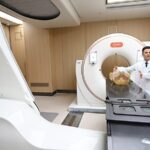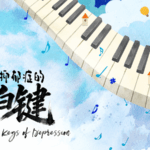In a landmark study published in Nature, Chinese researchers have identified a shared biological mechanism behind two of the most effective rapid-acting depression therapies: ketamine and electroconvulsive therapy (ECT). The discovery of the adenosine signaling pathway as their common target resolves a decades-long mystery in neuroscience and opens new avenues for developing safer, more accessible treatments.
Why This Matters
Depression affects over 280 million people globally, yet many existing treatments take weeks to show effects or cause severe side effects. By pinpointing how ketamine and ECT achieve rapid relief, this research provides a blueprint for next-generation antidepressants that could transform mental health care.
The Science Behind the Breakthrough
The collaborative effort, led by Professor Luo Minmin's team at the Chinese Institute for Brain Research, Beijing, combined cutting-edge neuroscience with advanced drug synthesis from Professor Wang Xiaohui's group at the Changchun Institute of Applied Chemistry. Molecular probes developed by Professor Li Yulong's Peking University team enabled real-time tracking of brain cell activity.
What's Next?
Researchers emphasize this is just the starting point. 'Understanding adenosine's role allows us to design drugs that mimic the benefits of ketamine and ECT without their risks,' said Professor Luo. Clinical trials for novel compounds based on these findings are expected to begin within two years.
Reference(s):
Chinese researchers reveal shared mechanism in depression treatment
cgtn.com








